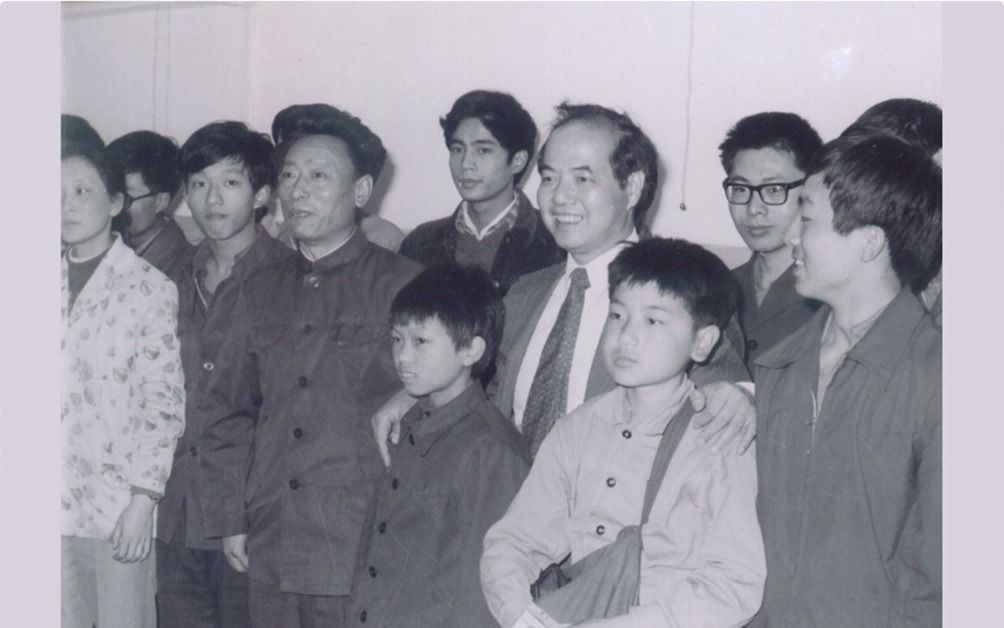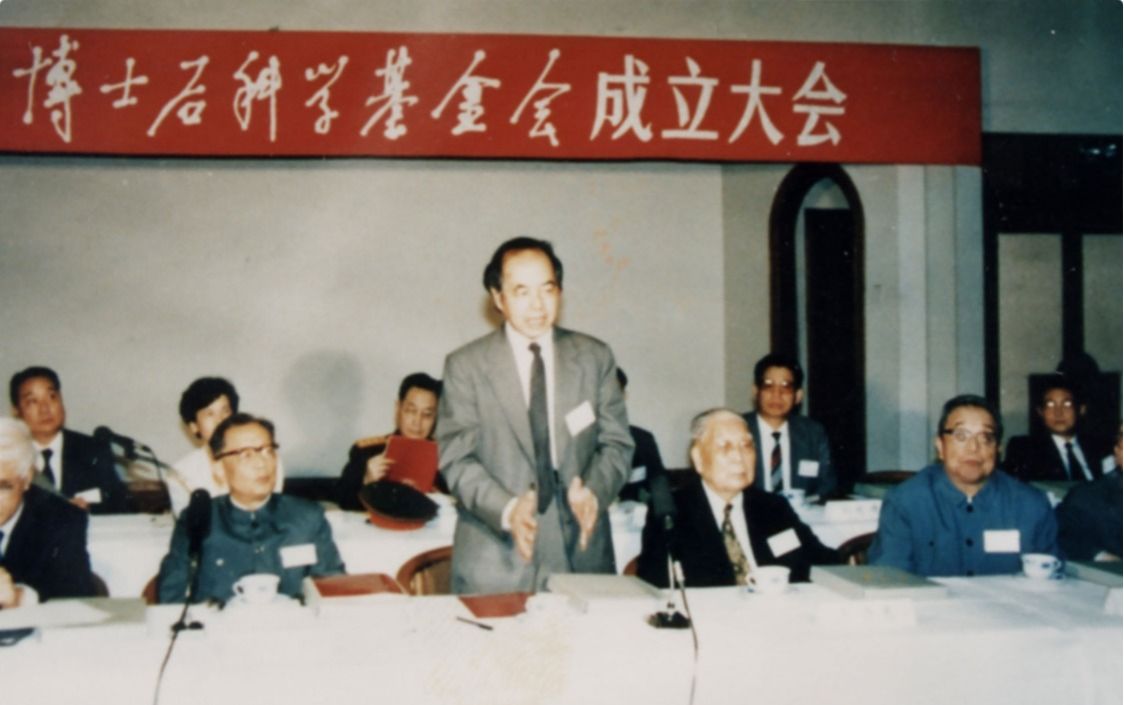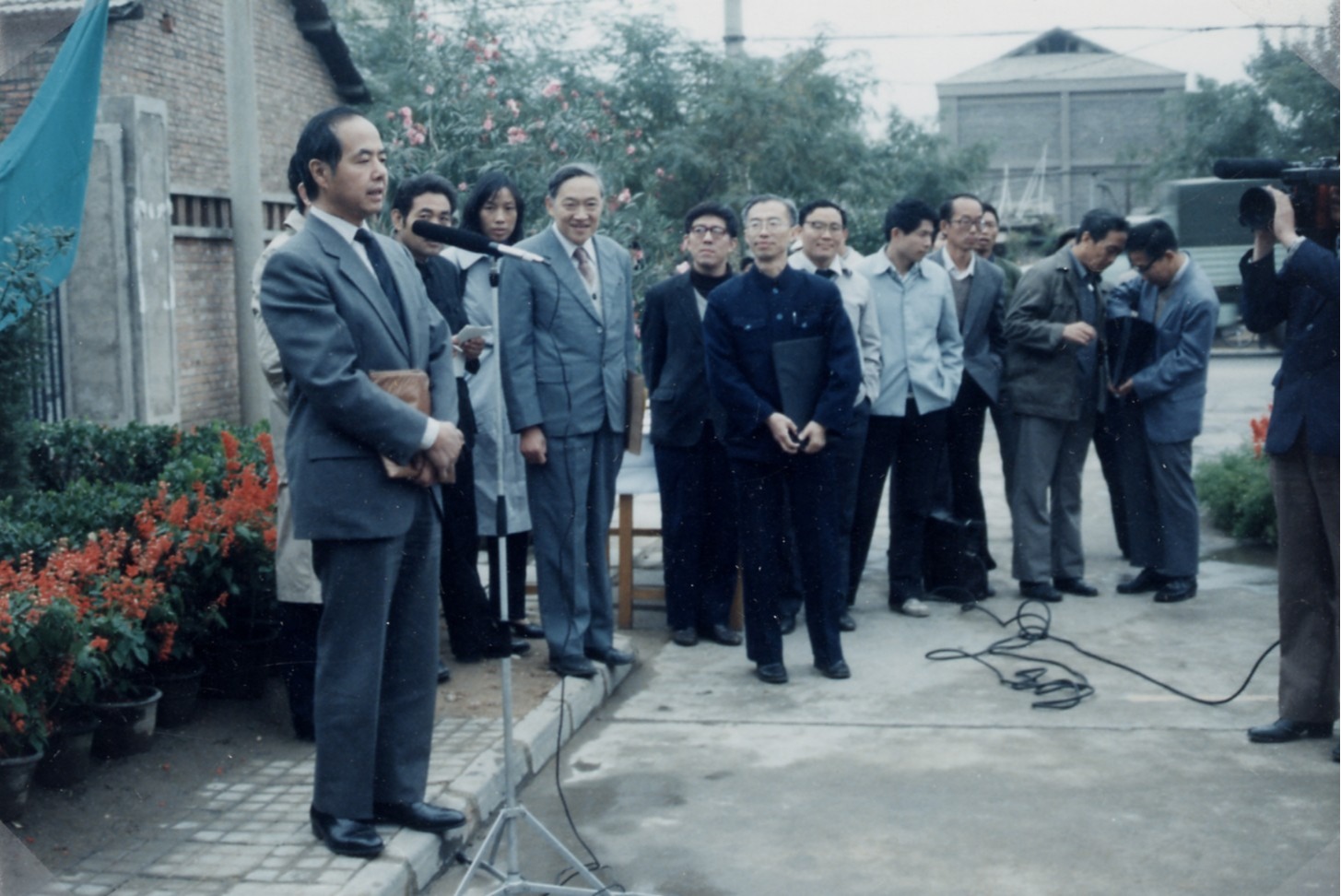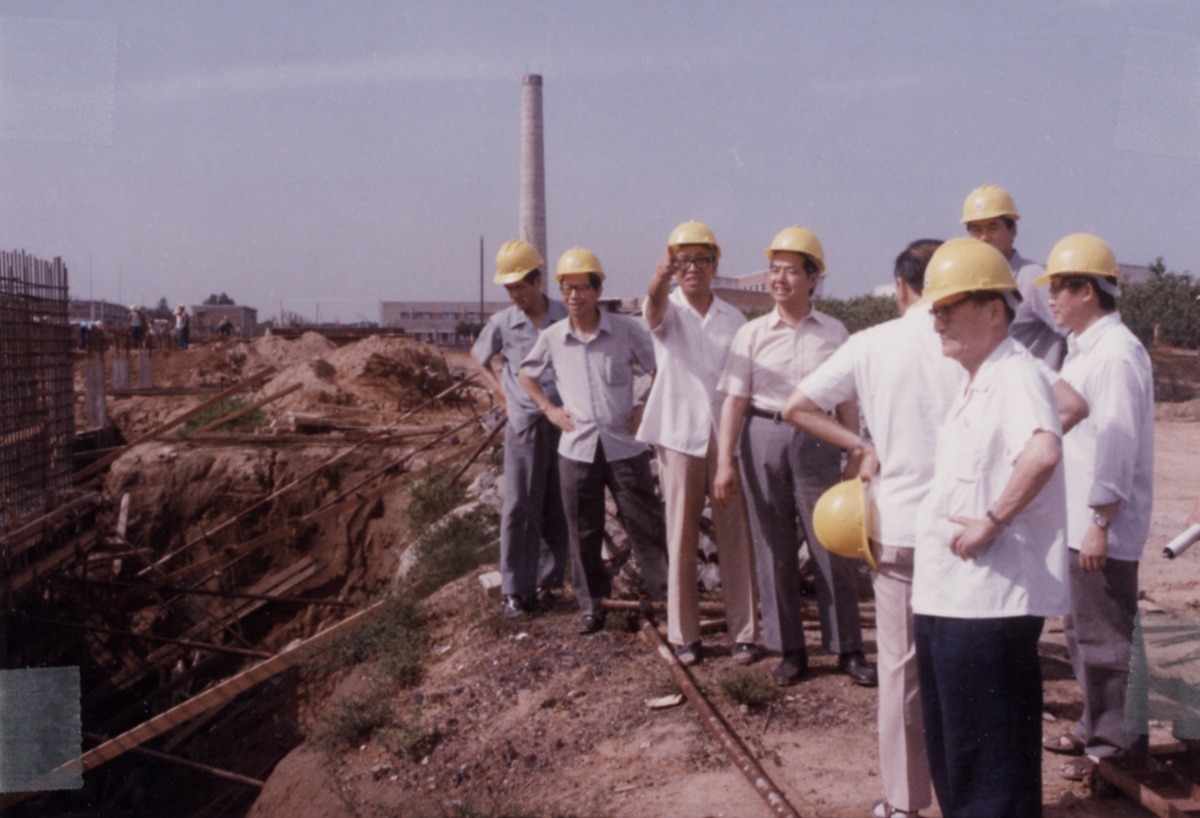Exhibitions
Combination of physical and virtual exhibitions, permanent and touring exhibitions

-

School of the Gifted Young
In May 1974, Tsung-Dao Lee returned to China for the second time. It was then that he witnessed the devastation that the "Great Cultural Revolution" had brought unto the talent pool in China. Tsung-Dao Lee was concerned with the situation at hand. In order to restart domestic talent training, Tsung-Dao Lee wrote a proposal on cultivating basic science talents and reported it to Chairman Mao through Premier Zhou. He proposed that a small number of teenagers who are about 13 0r14 years old with potential should be selected from nationwide and sent to universities for training. The proposal was adopted by national leaders and implemented by the University of Science and Technology of China. School of the Gifted Young (SCGY) at the University of Science and Technology of China was initiated in March 1978.
-

China-US Physics Examination and Application
In the early stage of reform and opening-up, in order to create opportunities for outstanding domestic young people to continue their studies at first-class universities in the United States, Tsung-Dao Lee overcame numerous difficulties and established China-US Physics Examination and Application (CUSPEA). At that time, TOEFL and GRE were not held in China and American universities did not have effective methods to test the abilities of Chinese students. Tsung-Dao Lee not only persuaded one by one, but also designed a set of effective implementation plans for CUSPEA. The program was implemented in 1979 and lasted for ten years, cultivating a total of 915 doctoral students. Most of them have become academic leaders and elite backbones in multiple fields. A rough estimate is that Tsung-Dao Lee spends about one-third of his time on this project every year. He also said:“The CUSPEA program is more meaningful than my Nobel Prize.”
-

Post Boxes with Deep History
During the implementation of the CUSPEA program, Tsung-Dao Lee took charge and oversaw the American side of the CUSPEA program. The post boxes at Columbia University and those nearby were hence frequently stuffed full of letters written by Tsung-Dao Lee. The post office protested because it hindered the normal delivery of other mail. Tsung-Dao Lee, his wife Hui-Chun Chin and the assistant had to push a trolley to send them to nearby and further post offices. Hanging from the ceiling are the CUSPEA program test papers and some letters written by Tsung-Dao Lee at that time.
-

The Postdoctoral Program in China
From 1981 to 1984, Tsung-Dao Lee wrote many times to state leaders suggesting the establishment of the Postdoctoral Program in China, and his suggestions were highly appreciated by Deng Xiaoping. In July 1985, the State Council approved the establishment of Postdoctoral Mobile Stations in China and the implementation of a Postdoctoral Program. Under the suggestion of Tsung-Dao Lee, the China Postdoctoral Science Foundation, which is mainly responsible for the daily management of post-doctoral fellows, was established in April 1990. China's Postdoctoral Program has formed a unique and relatively independent and complete mechanism for talents cultivation and utilization, and has become an important way to cultivate high-level talents. It has played and will continue to play an increasingly important role in promoting China's science, education and economic development.
-

Hui-Chun Chin and Tsung-Dao Lee Chinese Undergraduate Research Endowment
In 1998, In memory of his wife, Tsung-Dao Lee specially set up a fund called the “Hui-Chun Chin and Tsung-Dao Lee Chinese Undergraduate Research Endowment” (CURE, Chun-Tsung Foundation). This foundation aims to support undergraduates to contact scientific research as early as possible. The students subsidized by the foundation are known as “Chun-Tsung Scholars”. According to the will of Hui-Chun Chin, at least half of “Chun-Tsung Scholars” should be women. Over the past two decades, Chun-Tsung Foundation has developed into a mature model for training innovative talents. Not only has it contributed to China's higher education undertaking, but also it facilitated academic and Cultural exchanges between youths across the straits.
-

Basic Science Research Centers
Tsung-Dao Lee stressed the importance of basic sciences on many occasions. He used the example of "Water, Fish, and Market" to describe the relationship between basic science, applied science, and product science. He said, "Basic science is like water, applied science is like fish being cultivated in the water, and product science is the market place, All three cannot do without each other, Basic science is like water, applied science swims in the pond, product science is the market place, so none of the three is ignorable." Under his guidance and efforts, many basic science research centers, such as the Center of Advanced Science and Technology, Beijing Institute of Modern Physics and Zhejiang Institute of Modern Physics, were established, Tsung-Dao Lee served as the Director of the Center of Advanced Science and Technology, and designed the center's logo. The center has achieved excellent results in communication and funding research, showing strong vitality.
-

The National Natural Science Foundation of China (NSFC)
Tsung-Dao Lee actively promoted the establishment of the National Natural Science Foundation of China, providing a fair and just platform for scientific researchers to apply for project funds and carry out basic research. when Deng Xiaoping met Tsung-Dao Lee in the Great Hall of the People in 1985, he appreciated his proposal to establish the National Natural Science Foundation of China. For over 30 years, the Natural Science Foundation has continually made great achievements in promoting the development of basic research with regards to national natural sciences, talent cultivation, as well as other aspects.
-

Electron Positron Collider in Beijing (BEPC)
To promote the development of High Energy Physics in China, Tsung-Dao Lee proposed to build an Electron Positron Collider in Beijing (BEPC). In October 1984, the BEPC officially started construction, and successfully tested the collision for the first time in 1988. This is another major breakthrough in China's high-tech field after the successful explosion of the atomic and hydrogen bombs and the launch of artificial satellites, which opened up broad prospects for China's particle physics and synchrotron radiation applications.
-

China-Us High Energy Physics Cooperation Conference
Tsung-Dao Lee actively promoted the cooperation between China and the United States in the field of high energy physics, which opened up the cooperation between the two countries in the field of scientific research and gradually expanded to other fields. Over the past40 years, China's high-energy physics research has made great progress from scratch. At present, China has established its own experimental base and research team, and its scientific research and technical capabilities have reached the international advanced level. Large-scale scientific installations and large-scale particle physics experiments such as Beijing Electron Positron Collider, Beijing Spectrometer Experiment, Daya Bay Neutrino Experiment, and Chinese Spallation Neutron Source have achieved a number of results with significant international influence. China-Us High Energy Physics Cooperation has laid the foundation for this and made very important contributions.
-

The Tsung-Dao Lee Institute
In 2014, Tsung-Dao Lee proposed the establishment of the Tsung-Dao Lee Institute with the goal of cultivating international master level first-class talents, focusing on building it into a world-renowned source of major original innovation, a gathering place for top scientific elites worldwide, and a future oriented training ground for Chinese young talents. With strong support from national ministries and the Shanghai Municipal Government, the Tsung-Dao Lee Institute was established in November 2016 at Shanghai Jiao Tong University. In December 2021, the experimental building of the Tsung-Dao Lee Institute was officially opened in Zhangjiang Science City.
















